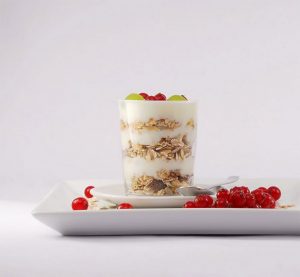Updates from the Academy of Nutrition & Dietetics
Nutrition misinformation and food confusion surrounds today’s health-conscious athletes. To arm myself with knowledge to better educate my clients, I (along with 10,000 other registered dietitians) attended the Academy of Nutrition & Dietetics annual convention to learn the latest food and nutrition updates. Here is some information that might help you on your health journey.
Stress fractures are a common sports injury. Among 42 Division-1 cross-country runners, 35% of the male and 41% of the female runners reported having had a stress fracture. Inadequate nutrition could have contributed to the problem. Their diets tended to be low in calories, calcium and/or vitamin D. If you are going to push your body to the limits, at least fuel it optimally!
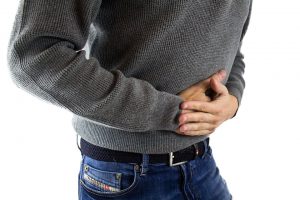 If intestinal distress sidetracks you during exercise, try reducing your intake of apples, onion, garlic and broccoli —particularly for 2 to 3 days before a competitive event.These are just a few commonly eaten foods that are high in fermentable (gas-producing) carbohydrates; they might contribute to undesired pit stops. You could also meet with a sports dietitian to help you systematically discover triggering foods. The referral network at www.SCANdpg.org can help you find your local sports food expert.
If intestinal distress sidetracks you during exercise, try reducing your intake of apples, onion, garlic and broccoli —particularly for 2 to 3 days before a competitive event.These are just a few commonly eaten foods that are high in fermentable (gas-producing) carbohydrates; they might contribute to undesired pit stops. You could also meet with a sports dietitian to help you systematically discover triggering foods. The referral network at www.SCANdpg.org can help you find your local sports food expert.
Exercise increases harmful free radicals within muscles that can lead to oxidative damage and inflammation. Should athletes supplement with anti-oxidants to counter this? No. The better bet is to let the body adapt to these higher levels (and eat abundant anti-oxidant rich fruits and vegetables). Adaptation creates a change for the better in an athlete’s physiology.
Alcohol contributes to hypoglycemia (low blood glucose) by suppressing the release of glucose from the liver into the blood stream. If an athlete hasn’t eaten much food (as can easily happen after an event), alcohol in an empty stomach can easily lead to hypoglycemia (a lack of glucose for the brain) and a drunken stupor. The same happens when a person with diabetes has low blood glucose; he or she can get mistaken for being drunk (when the brain just needs food).
In contrast to recreational marijuana, which is used with the intent to impair normal functioning, medical marijuana (MM) is used to relieve pain, reduce nausea and vomiting, and to overcome loss of appetite (as with cancer). If you have parents or friends who are new to using MM, caution them about using edibles. When MM is eaten, its pain relieving benefits are delayed for 30 to 120 minutes, as opposed to smoked MM, which offers immediate benefits. The problem with the delayed response with edibles is that a patient can easily overdose while waiting to feel an effect…
Meal timing affects circadian rhythms —as well as weight management. A study (Garaulet, 2013)with 420 subjects who ate an early lunch or a later lunch reports the early lunch eaters lost more weight, despite consuming the same number of calories and getting the same amount of sleep. Your best bet is to eat more food earlier in the day. As you have undoubtedly heard before: Eat breakfast like a king, lunch like a prince, dinner like a pauper.
We compromise our well-being every time we have a mismatch between the environment and our internal biological clock. (Think jet lag, shift work, sleep apnea, and watching late-night TV.) Every cell has a biological clock; all these cellular clocks need to be synchronized. If not, bodies become unhealthy. For example, shift workers experience more high blood pressure, heart disease and diabetes than people who work 9:00 to 5:00. For athletes, jet lag means poorer performance.
Sleep is restorative and helps synchronize cell’s biorhythms. If you have trouble sleeping well:
- avoid caffeine at least 4 hours before bedtime and limit it to 2 mugs (400 mg. caffeine) a day.
- turn off your computer screen/TV an hour before bed.
Consumers are self-defining “healthy food.” It needs to be organic, natural, non-GMO, free of dyes/additives/ colors, and have a “clean” label with no strange words. Will this trendy definition lead to unintended health consequences as food producers try to meet consumers’ demands? Likely yes.
If you make your food decisions based on trends rather than science, you might want to take a step back and look at the whole picture. For example, enriched foods offer added nutrients that can make a label look “dirty” but the extra ingredients are good for your health. Added iron reduces your risk of becoming anemic; folic acid reduces the risk of birth defects; iodine reduces the risk of goiter. Preservatives that have been generally regarded as safe help bread stay fresh for longer, reduce the growth of mold on cheese, and reduce the amount of food you waste. These ingredients can be beneficial for you and for the environment.
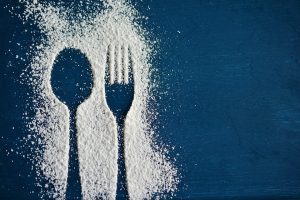 Sugar-sweetened beverages are the biggest source of dietary sugar in the US diet. Hence, research on sugar and health has focused on soft drinks. The question remains unanswered: Is sugar added to nourishing foods a health hazard? That is, is sugar added to spaghetti sauce (to make it less acidic) bad for you? What about the sugar added to bread (to help make the dough rise) — Is that a cause for concern?
Sugar-sweetened beverages are the biggest source of dietary sugar in the US diet. Hence, research on sugar and health has focused on soft drinks. The question remains unanswered: Is sugar added to nourishing foods a health hazard? That is, is sugar added to spaghetti sauce (to make it less acidic) bad for you? What about the sugar added to bread (to help make the dough rise) — Is that a cause for concern?
Doubtful. Yet, too many consumers freak out when a product lists sugar on the food label. Please note: sugar is just one of many nutrients listed on the label. Please look at the whole nutrient package. For example, chocolate milk has sugar (that refuels muscles) but it also offers protein (to repair muscles), sodium (to replace sweat loss), calcium & vitamin D to enhance bone health. Dietary guidelines say 10% of total calories can come from added sugar. That’s 200 to 300 calories a day for athletes. Do you really need to freak out about a little sugar that makes that spaghetti sauce taste better? I think you can find bigger things to worry about.
Reprinted with permission from Nancy Clark.
Sports nutritionist Nancy Clark MS RD CSSD has a private practice in the Boston-area (Newton; 617-795-1875), where she counsels both fitness exercisers and competitive athletes, teaching them how to eat to win. Her popular Sports Nutrition Guidebook, and food guides for marathoners, cyclists and soccer are available at nancyclarkrd.com. For online workshops, see NutritionSportsExerciseCEUs.com.



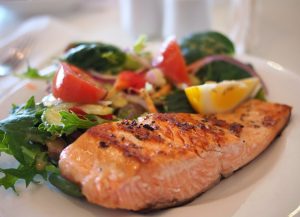 Other lean meats like salmon, tuna, mackerel and sardines, on the other hand, facilitate weight loss owing to the presence of healthy
Other lean meats like salmon, tuna, mackerel and sardines, on the other hand, facilitate weight loss owing to the presence of healthy 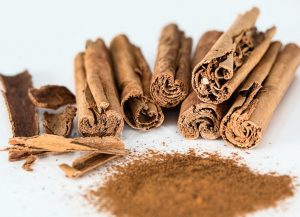 Cinnamon
Cinnamon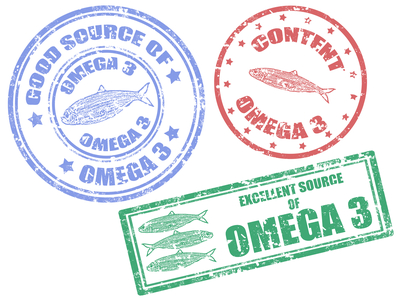
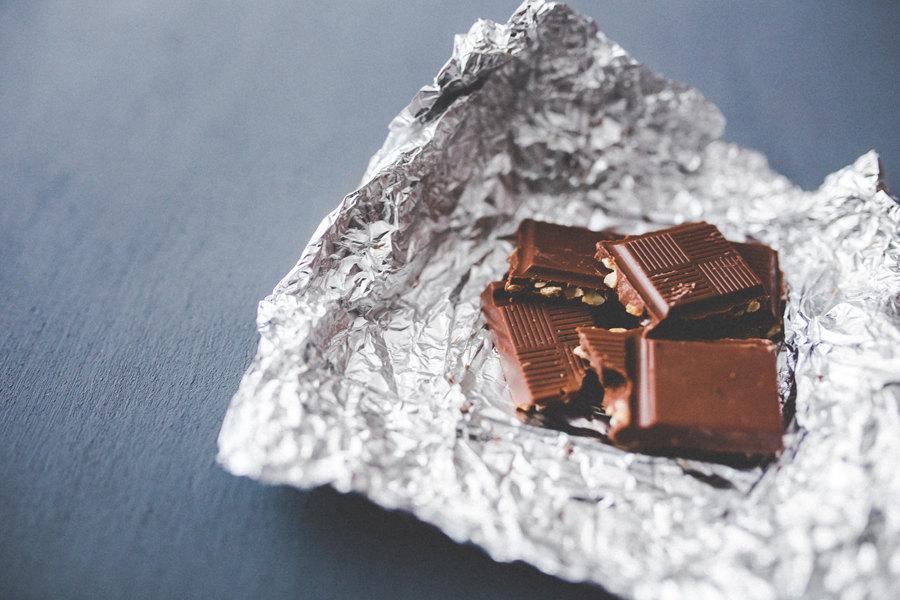
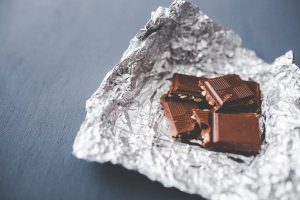 The Good News
The Good News If you would really enjoy eating chocolate as a regular part of your sports diet/weight management program, I suggest you eat chocolate at breakfast. Yes, chocolate cake for breakfast enhances weight loss —at least, according to Daniela Jacubowicz PhD(2). In her research with 193 subjects with obesity (but no diabetes), half ate a 300-calorie protein-based breakfast. The others ate a 600-calorie breakfast that included protein plus dessert, such as chocolate cake.
If you would really enjoy eating chocolate as a regular part of your sports diet/weight management program, I suggest you eat chocolate at breakfast. Yes, chocolate cake for breakfast enhances weight loss —at least, according to Daniela Jacubowicz PhD(2). In her research with 193 subjects with obesity (but no diabetes), half ate a 300-calorie protein-based breakfast. The others ate a 600-calorie breakfast that included protein plus dessert, such as chocolate cake.
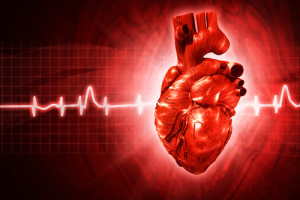 There’s no shortage of marketing messages about what’s best for heart health and some of it is well, just plain wrong. Here’s my top 5 offenders – don’t believe their hype, choose my real deals instead.
There’s no shortage of marketing messages about what’s best for heart health and some of it is well, just plain wrong. Here’s my top 5 offenders – don’t believe their hype, choose my real deals instead.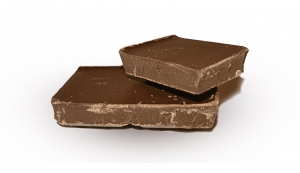 for heart health that you think – artificial dyes and chemistry lab corn syrup are not the basis of a lasting love affair. AKA better: choose a little heart-healthy organic dark chocolate (that’s >65%) and if you do want candy try authentic sweets – organic, free of artificial dyes etc – like those from our friends at
for heart health that you think – artificial dyes and chemistry lab corn syrup are not the basis of a lasting love affair. AKA better: choose a little heart-healthy organic dark chocolate (that’s >65%) and if you do want candy try authentic sweets – organic, free of artificial dyes etc – like those from our friends at 
 ften when we hear the term “fitness” – we automatically think of our physical health. Being mentally fit is equally as important. Cognitive fitness is a state of optimized ability to reason, remember, learn, plan and adapt that is enhanced by certain attitudes, lifestyle choices, and exercises. Better cognitive fitness translates into the ability to make better decisions, solve problems, and deal with stress and change. Neurogenesis is the process of developing new chemical messengers called neurons in the brain. This process can be profoundly affected by how you live your life. Here are eight strategies to help you facilitate the process of neurogenesis and have optimal cognitive functioning:
ften when we hear the term “fitness” – we automatically think of our physical health. Being mentally fit is equally as important. Cognitive fitness is a state of optimized ability to reason, remember, learn, plan and adapt that is enhanced by certain attitudes, lifestyle choices, and exercises. Better cognitive fitness translates into the ability to make better decisions, solve problems, and deal with stress and change. Neurogenesis is the process of developing new chemical messengers called neurons in the brain. This process can be profoundly affected by how you live your life. Here are eight strategies to help you facilitate the process of neurogenesis and have optimal cognitive functioning: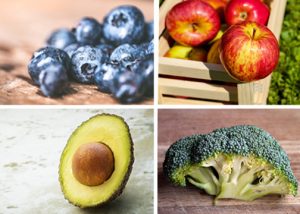 Eat Specific Healthy Foods: Food plays a vital role in the health and proper functioning of the brain. Strive to eat real, whole foods such as fruit, vegetables, whole grains and lean meats – and drink eight 8oz bottles of water each day to keep brain cells hydrated. Apples, avocados, blueberries, unsalted nuts, broccoli and brown rice are great food choices for brain health.
Eat Specific Healthy Foods: Food plays a vital role in the health and proper functioning of the brain. Strive to eat real, whole foods such as fruit, vegetables, whole grains and lean meats – and drink eight 8oz bottles of water each day to keep brain cells hydrated. Apples, avocados, blueberries, unsalted nuts, broccoli and brown rice are great food choices for brain health.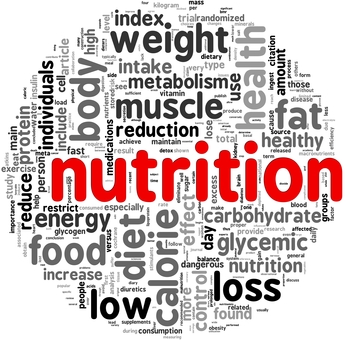
 Food is fuel and food is medicine. Food brings people together and is supposed to be one of life’s pleasures. Shared meals are a vehicle for building relationships, enjoying conversations, and nourishing the soul.
Food is fuel and food is medicine. Food brings people together and is supposed to be one of life’s pleasures. Shared meals are a vehicle for building relationships, enjoying conversations, and nourishing the soul.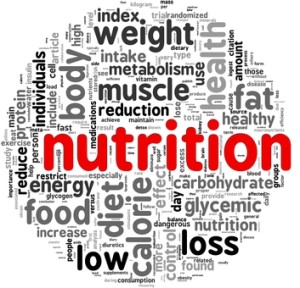 Healthy diet vs. A single ingredient
Healthy diet vs. A single ingredient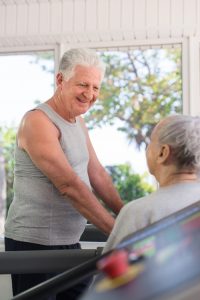

 In summary
In summary
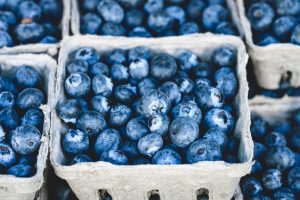 Super Food Rule #1
Super Food Rule #1